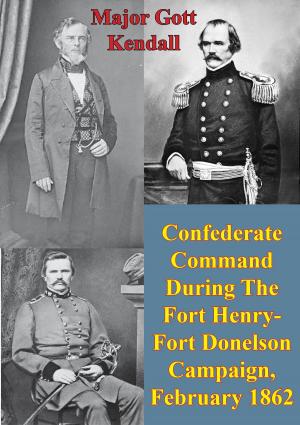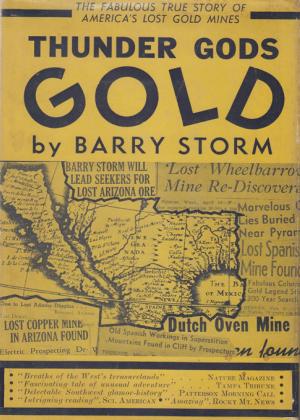Joint Operations And The Vicksburg Campaign
Nonfiction, History, Modern, 19th Century, Americas, United States, Civil War Period (1850-1877), Military| Author: | Major John W. Tindall | ISBN: | 9781786253859 |
| Publisher: | Golden Springs Publishing | Publication: | November 6, 2015 |
| Imprint: | Golden Springs Publishing | Language: | English |
| Author: | Major John W. Tindall |
| ISBN: | 9781786253859 |
| Publisher: | Golden Springs Publishing |
| Publication: | November 6, 2015 |
| Imprint: | Golden Springs Publishing |
| Language: | English |
This historical study investigates why Union joint operations between army and navy forces on the Mississippi and other western rivers were effective. It examines the development of a joint doctrine at the strategic, operational, and tactical levels of war.
Joint riverine warfare on the western rivers was a new experience for the U.S. military. There was no clear delineation between services of specific missions or responsibilities. Joint operations incorporated numerous battlefield operating systems that the leadership had to integrate and synchronize.
At the strategic level, Washington attempted to provide adequate vessels and other resources for the war on the rivers. However, the national leadership never did institute an adequate joint command and control structure for the Western Theater.
The army operational commanders came to depend on the advice of the naval officers for acquiring vessels and advice on water-borne operations. On the other hand, the naval officers relied on the infrastructure of an established army to facilitate their operations.
The personalities of the joint leadership were important factors in the success of joint warfare. Grant, Sherman, and Porter developed a special relationship, which allowed them to overcome tactical disagreements, and maintain a clear focus on the strategic objective of capturing Vicksburg.
This historical study investigates why Union joint operations between army and navy forces on the Mississippi and other western rivers were effective. It examines the development of a joint doctrine at the strategic, operational, and tactical levels of war.
Joint riverine warfare on the western rivers was a new experience for the U.S. military. There was no clear delineation between services of specific missions or responsibilities. Joint operations incorporated numerous battlefield operating systems that the leadership had to integrate and synchronize.
At the strategic level, Washington attempted to provide adequate vessels and other resources for the war on the rivers. However, the national leadership never did institute an adequate joint command and control structure for the Western Theater.
The army operational commanders came to depend on the advice of the naval officers for acquiring vessels and advice on water-borne operations. On the other hand, the naval officers relied on the infrastructure of an established army to facilitate their operations.
The personalities of the joint leadership were important factors in the success of joint warfare. Grant, Sherman, and Porter developed a special relationship, which allowed them to overcome tactical disagreements, and maintain a clear focus on the strategic objective of capturing Vicksburg.





![Cover of the book The Civil War Diary Of Cyrus F. Boyd, Fifteenth Iowa Infantry, 1861-1863 [Illustrated Edition] by Major John W. Tindall](https://www.kuoky.com/images/2016/august/300x300/9781787200296-UdfO_300x.jpg)









![Cover of the book Co. Aytch Maury Grays, First Tennessee Regiment Or, A Side Show Of The Big Show [Illustrated Edition] by Major John W. Tindall](https://www.kuoky.com/images/2015/november/300x300/9781786251176-VTnK_300x.jpg)